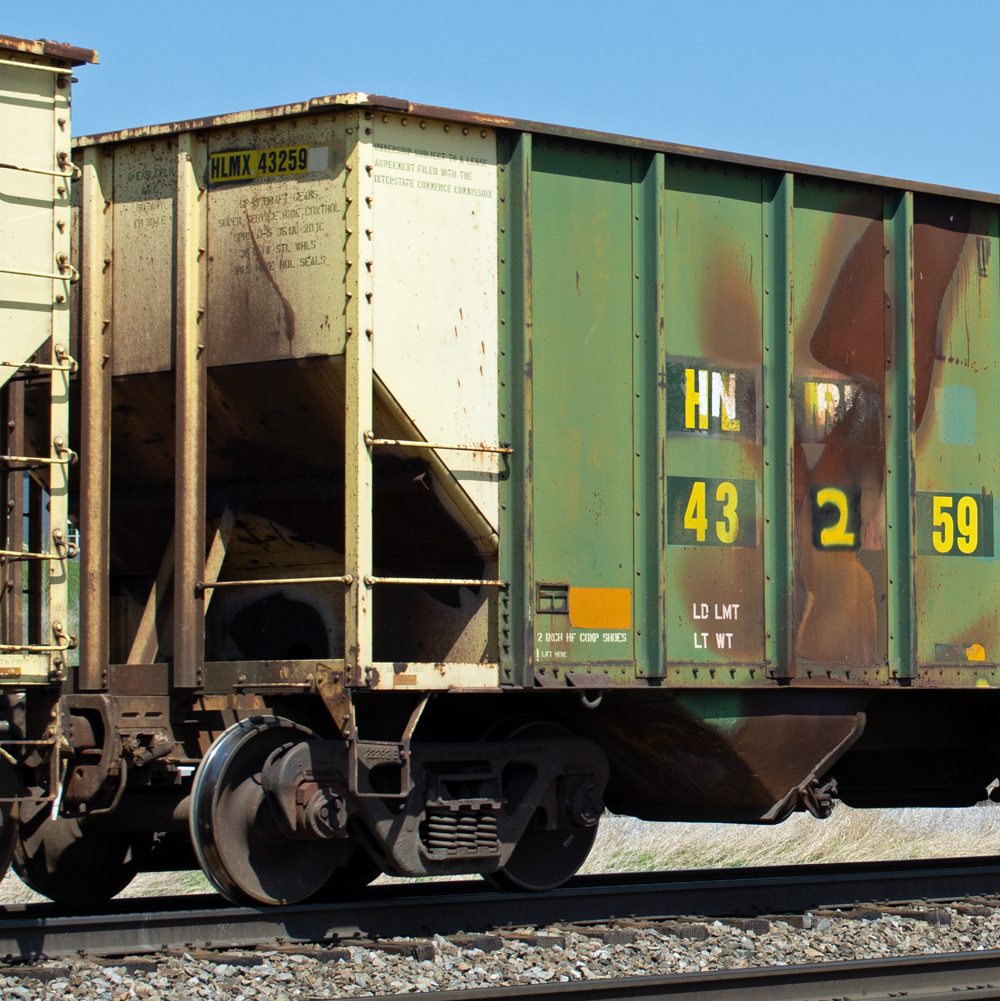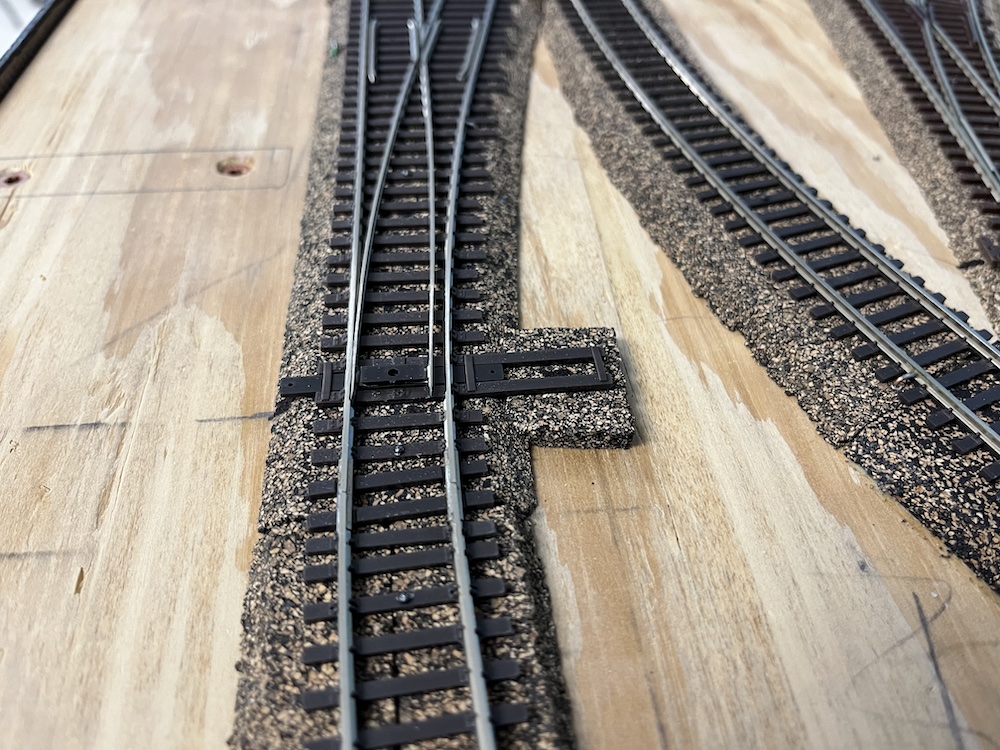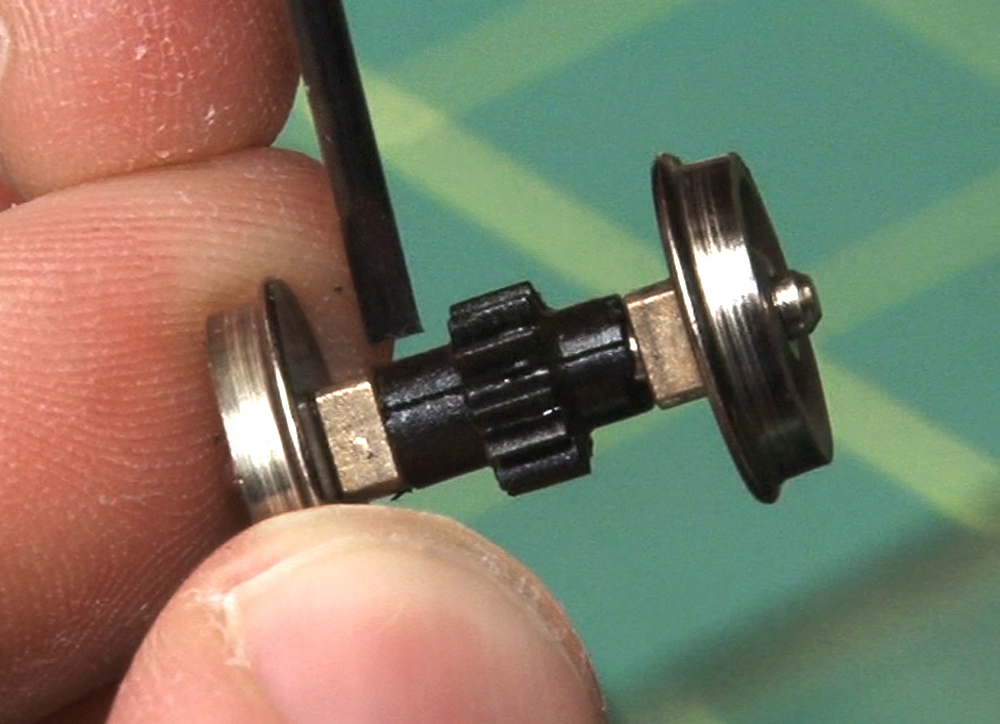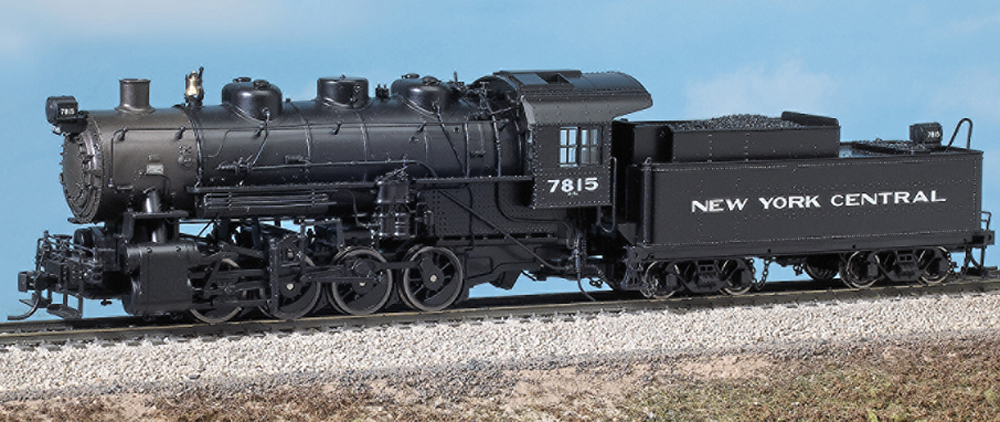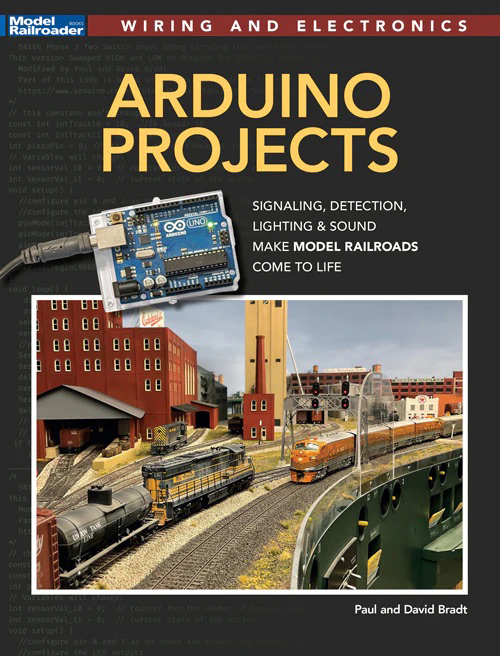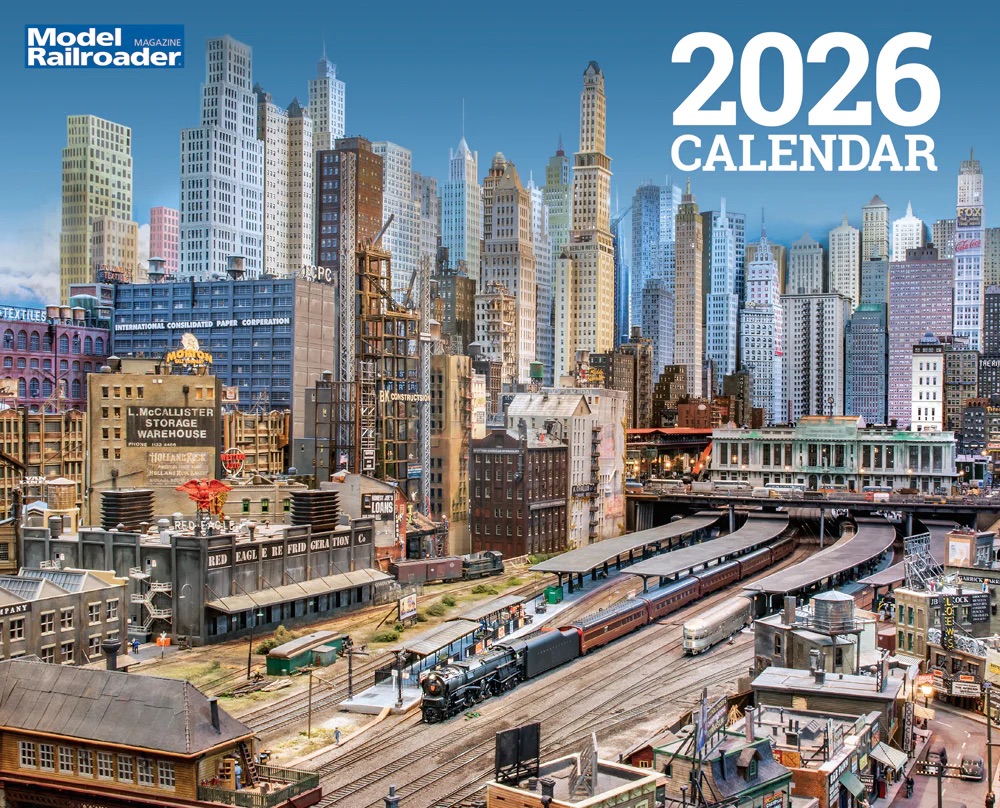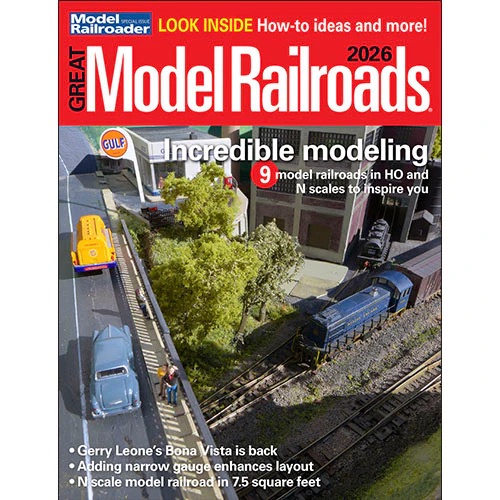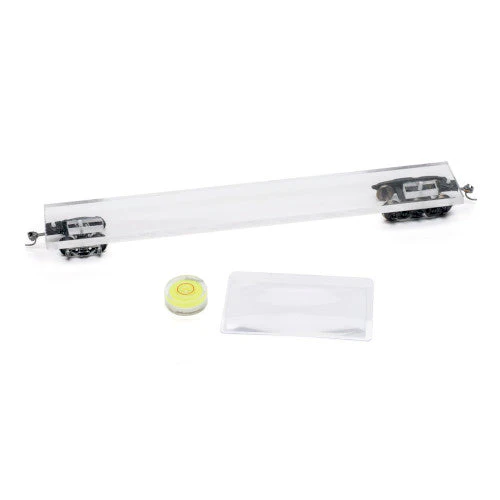Back in 2010, I was part of a group of contributors to Scenery by the Seasons by Kalmbach Publishing Co. The 98-page book featured stories on modeling seasons on your layout. Among the topics covered were spring backdrops; lily pads, cattails, and pond scum; easy autumn trees; and ice and snow. Though the title is out of print, you can find used copies at model railroad swap meets and online auction websites.
The book serves as a good reminder that scenery, like other aspects of model railroading, is not one size fits all. Follow along as we take a look at ways you can model winter, spring, summer, and fall.
Let it snow
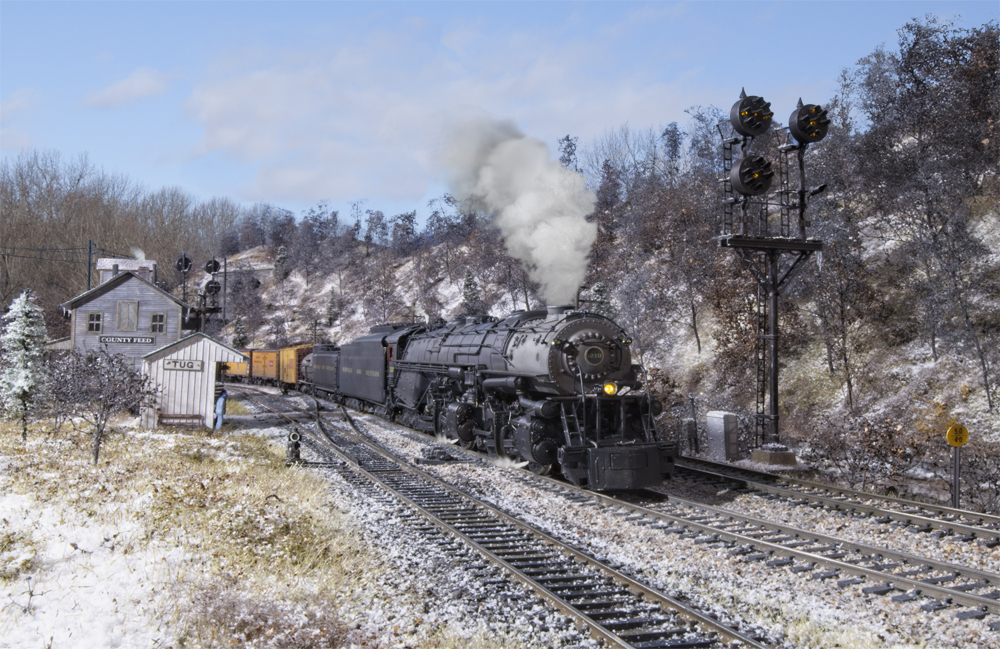
My two Norfolk & Western layouts have been set in the late fall/early winter, so select scenes have a light snow covering. You can learn more about my techniques in the December 2020 Model Railroader.
In general, I lightly dust Woodland Scenics snow (SN140) onto the scene and fix it with unscented hairspray. I keep the snow off the tracks and away from turnouts as much as possible to prevent it from getting into the wheels of the locomotives and rolling stock.
To simulate frozen water, I first apply a coat of full-strength white glue along the banks. Next, I sprinkle Woodland Scenics snow into the glue. I apply Vintage Reproductions “wet snow” (now out of production) close to where the ice meets the water. A light application of diluted wet white glue from an eyedropper holds everything in place.
As a final touch, I add Busch icicles (1143) to gutters, bridges, and any place when water can drip and freeze. Keep in mind that once snow has been applied to a scene, it’s nearly impossible to remove entirely. I usually photograph the scene prior to adding snow and then again afterward. — Gary Hoover, from “Scenery from start to finish” in the November 2023 Model Railroader
The fifth season
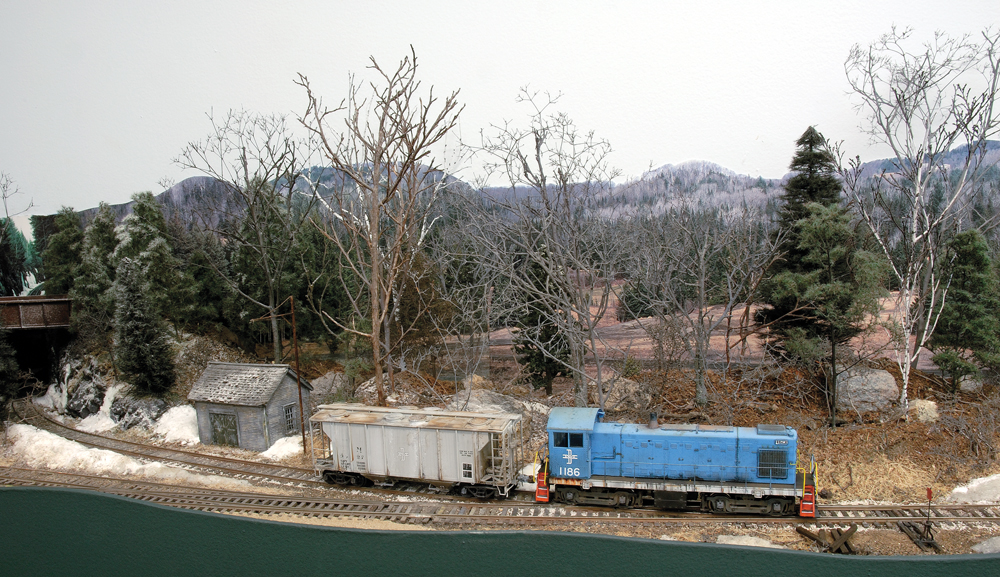
Northern New England, which includes the states of Maine, New Hampshire, and Vermont, has five distinct seasons: winter, mud season, spring, summer, and fall. The mud season, or fifth season, occurs between winter and spring in late March and April and is very distinctive in its look. It generally consists of melting snow; leafless trees; swollen rivers; and lots of muddy, wet ground. Successfully modeling this season requires an entirely different approach to scenery. You take some matted spring grass and lots of evergreens and leafless trees, mix in some mud and a few piles of dirty snow, add a photo backdrop, and you’ve got the makings of a real northern New England mud season. — Mike Confalone, from “The mud season of Northern New England” in Scenery by the Seasons (Kalmbach Books, 2010)
The greens of summer
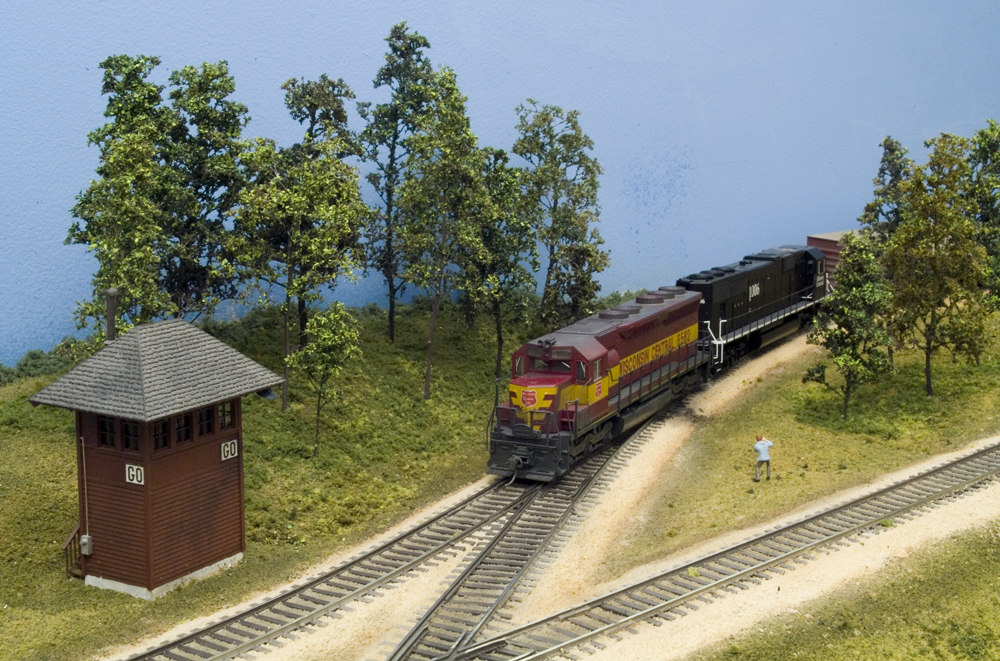
The Scenic Express SuperTrees kit contains a variety of foliage colors. Some of them are suitable only for autumn, but there are plenty of shades of green for the endless summer on the Milwaukee, Racine & Troy.
With lots of tree armatures and a range of different flocking material, I tried several different effects before settling on a combination that was pleasing to my eyes.
I started by dipping the previously painted armatures in diluted matte medium. Then I sprinkled on the foliage, using the handy plastic trays to catch the excess. I thought the coarse Scenic Express Flock and Turf ground foam gave the trees a suitably dense look, but it also made them look a little too clumpy on close inspection. I switched to fine ground foam, which better preserved the branch structure’s naturally airy appearance.
When the sun shines on a tree, the outer leaves are very bright green, while the leaves on the shaded branches look nearly black. I modeled this effect by sprinkling on dark green, letting the tree dry, then re-dipping the tree and dusting it with a brighter shade of green.
I had my best results using medium green Noch Leaf Flake as a base coat with a top coat of light green Leaf Flake. I hung the finished trees on a clothesline to dry overnight, with tweezers hanging from the tree tops to keep the armatures from curling. — Carl Swanson, from “Making realistic summer trees” in the October 2006 Model Railroader
Autumn leaves
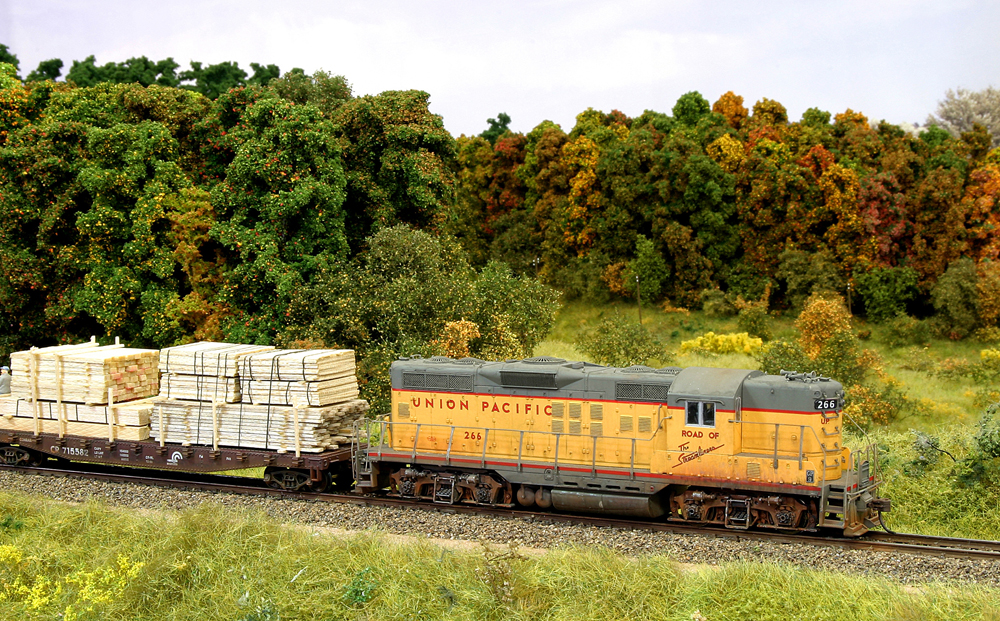
Autumn is my favorite time of year, and the setting of my HO scale model railroad. Assembled tree models and scenery material are available in several autumn colors, but I’ve found that using these products straight out of the package doesn’t look very realistic. The colors look too uniform, lacking the variations found in nature.
I use Heki tree models covered with Noch mini-leaves. Both Heki and Noch are well-known European model scenery manufacturers. Using acrylic paint washes, I can color the foliage of my trees in a seemingly endless variety of browns, greens, oranges, yellows, and reds. — Horst Meier, from “Easy autumn trees” in the November 2009 Model Railroader






